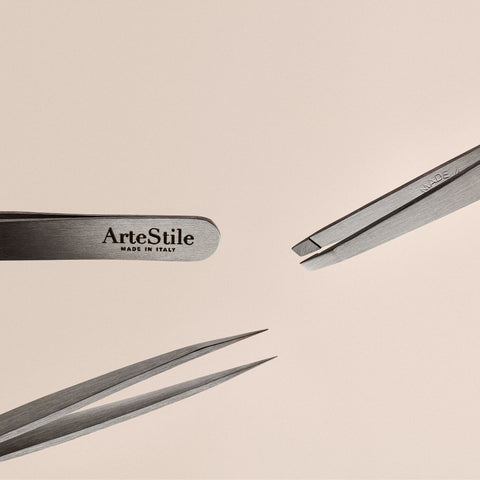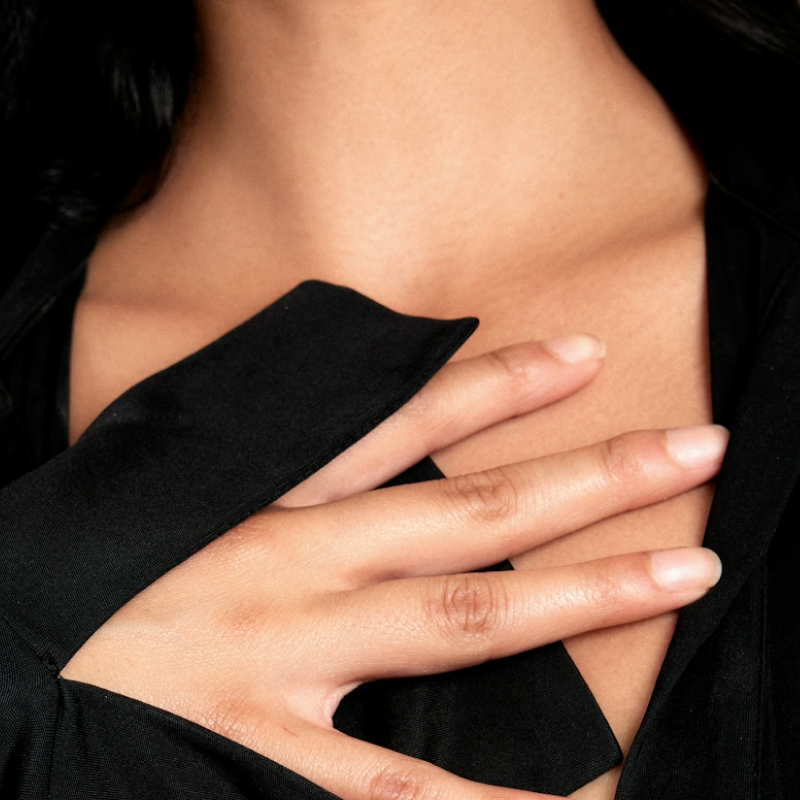If you have PCOS like me, you know the struggle of stubborn chin hairs popping up at random. As we age and our hormones change, our hair growth changes too, including our facial hair. It’s tough to decide which method to use to remove facial hair. Personally, I can’t wax as the skin on my face is too sensitive and laser is a good (though expensive) option but with a hormone imbalance it can be a gamble on whether it works and for how long.
That’s why for my chin hair removal, I stick with tweezing. I love the ease of being able to do it myself on my own time. It’s also a much cheaper option considering buying a pair of tweezers is a one time purchase. If you’re like me and you’re wondering how to get rid of chin hair at home on a budget, keep reading.

How do you remove chin hair with tweezers?
As mentioned, I have PCOS, which means I have quite coarse chin hair. I find the best tweezers for stubborn chin hair are point tip tweezers. Since point tip tweezers give you an accuracy and precision that other tweezers don’t, they’re great at grabbing those stubborn, thick chin hairs that sprout up seemingly out of nowhere. Point tweezers are also the best tweezers for fine chin hair as the precise, pointed tips easily grasp onto fine hair as well.

image via pinterest
If point tip tweezers are too intimidating, a good pair of slant tip tweezers will do the trick. Slant tip tweezers are a great option for beginners as the slanted tips are easier to use. Slant tip tweezers are a great beauty tool to have in your collection as they’re such a versatile facial hair removal tool. If you’re new to plucking, slant tip tweezers are a great option as the best tweezers for chin hair removal.






